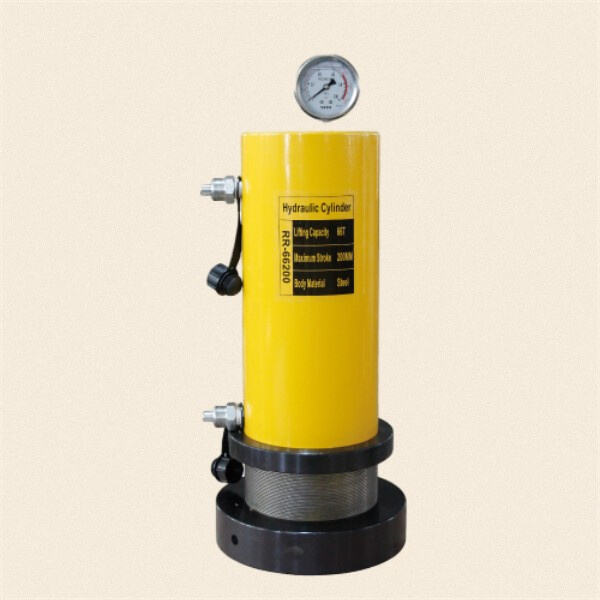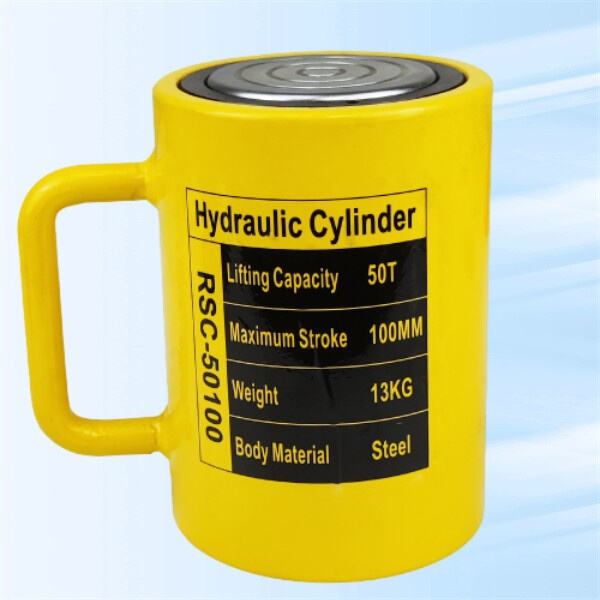The hydraulic jack hollow is essentially an object that uses liquid to raise or lift a load. Inside jack, there are two jacks — one big and one small. When you pump liquid — typically, oil — into the little cylinder, it exerts pressure. This pressure causes the larger cylinder to lift everything above it. Because liquids can't be squeezed easily, the force from the little cylinder helps the big one pick up heavy things.
Get to know how a hydraulic jack hollow works. There are two major components: the pump and cylinder. The pump forces the fluid into the cylinder, generating pressure. A piston is attached to the object that needs to be lifted, inside the cylinder. When the liquid goes into the cylinder, it forces the piston up, lifting the object.
Valves that control the liquid flow are also present in hydraulic jack hollows. It’s the valves to assist in the liquid’s going in the right direction and maintaining the same pressure. We wouldn’t have a hydraulic jack hollow to work in without these guys.
Hydraulic jack hollows are easy to use, however one must adhere to all safety guidelines to prevent any accidents. Before you use one, inspect it for damage or leaks. If you spot any issues, don’t use the jack and have a professional address whichever issue is revealed.

To use a hydraulic jack hollow to raise something, just slide the jack under the object and pump the handle until it’s as high as you need. After it’s off the ground, use jack stands to support it and prevent it from settling. Never work under a raised vehicle without the support of jack stands, which can be extremely dangerous.

In order to ensure that your hydraulic jack hollows works well, you have to maintain it. That involves looking for leaks, ensuring the pump is clean and putting oil on any moving parts. Proper maintenance of the hydraulic jack hollow, you can save on repair costs and ensure the service life of the appliance.

If you ever experience issues with your hydraulic jack hollow being bad, such as not lifting properly or leaking, you have some options. First, slide the fluid levels and add more if necessary. if that doesn’t do the trick,” Mr. Levine added, “look for air in the system -- air bubbles really can be the enemy.” If you are still having problems, refer to the directions or consult a professional.

Copyright © Yuhuan Changyou Hydraulic Tools Co., Ltd. All Rights Reserved - Privacy Policy - Blog